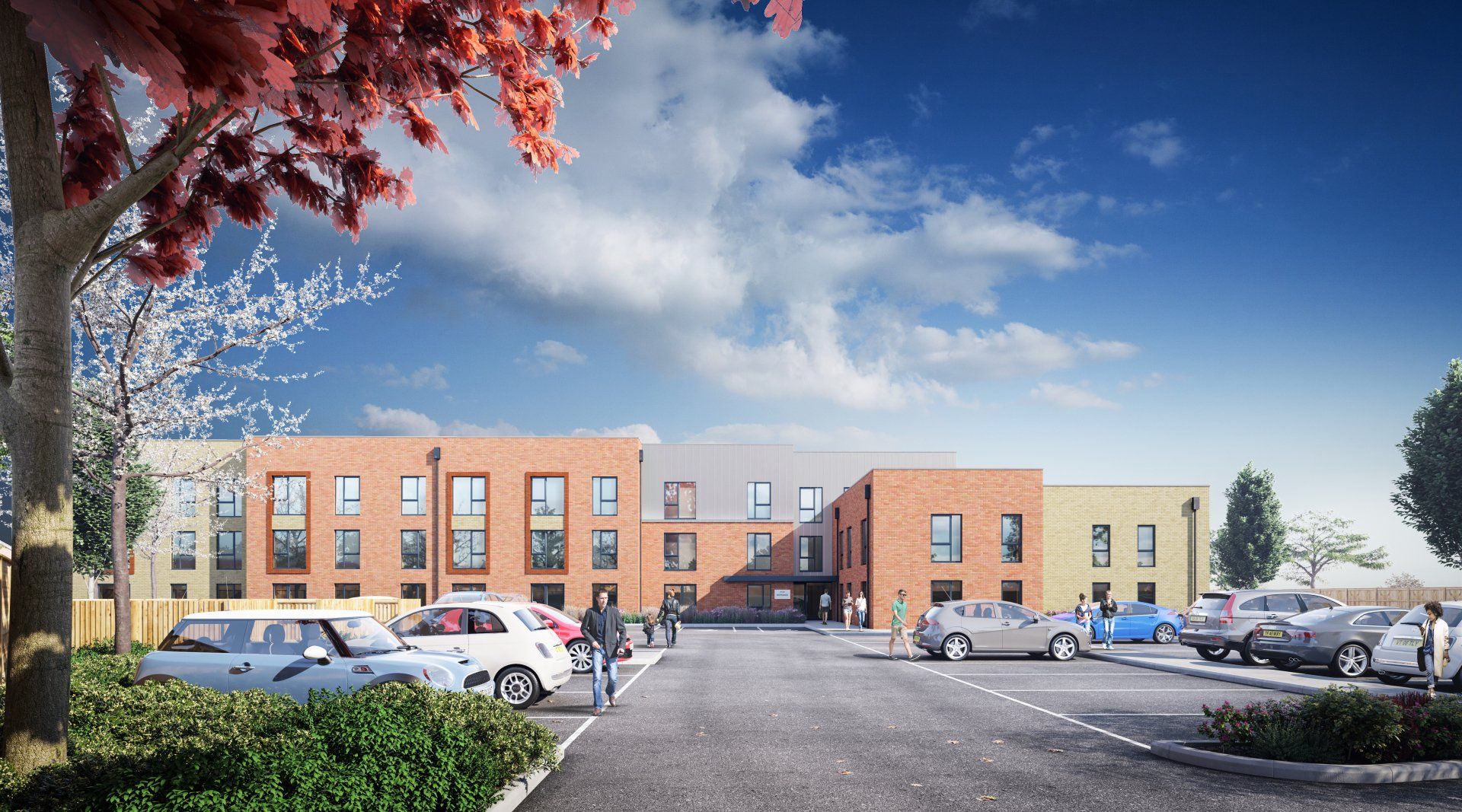

This award is so named to honor senior investigator, Paul J. Boulis’ presentation was titled “Development of cellular and molecular surgery for ALS.”Īdditionally, the 2nd annual Paul J Reier Award was given to Ines Maldonado-Lasuncion (University of Chicago and Vrije Universiteit Amsterdam). Roy Bakay 10, who passed in 2013 from cancer. The privilege of this lecture and award is given to notable clinician scientists who reflect the ideals of the late Dr. Nicholas Boulis (Emory University) was invited to give the Roy Bakay Memorial lecture 9. Low joins an elite group of 21 previous recipients for this award which started in 2000, to honor the late father of ASNTR co-founder Paul Sanberg. Furthermore, both neurons and glia express ACE2, the receptor by which coronaviruses like SARS-CoV2 gain access to cells 7.įor the first time since 2019, the Bernard Sanberg Memorial Award 8 was presented to Walter Low (University of Minnesota), for his distinguished career in cell therapy and regenerative medicine. He pointed out that this idea is not without precedence, where CNS degeneration emerged later in some patients during the 1918 influenza pandemic.

de Erausquin highlighted the potential for future cognitive decline resulting from SARS-CoV2 infection. This year’s ASNTR presidential lecture was given by Gabriel de Erausquin (University of Texas Health San Antonio) entitled “Could COVID-19 increase your risk of dementia?” 6. As in the past, the range of presented topics was broad and included: The duo oversaw a variety of presentations some with unique and/or timely insights, such as exploring the brain-gut axis in Parkinson’s disease or the neuro-sequela of SARS-CoV2 infection. This was a unique and successfully executed leadership approach. The meeting was led virtually by Li-Ru Zhao (SUNY Upstate Medical University), as current president, and by president-elect, Michael Lane (Drexel University College of Medicine) who hosted in person. The scientific program included live and virtual oral presentations and posters, as well as a data blitz session and a virtual presentation by Zeiss on brain imaging. Thus, moving to a hybrid format proved challenging but despite this the ASNTR hosted 73 live attendees, including 17 travel award recipients, and over 25 virtual attendees and guests. The in-person aspect has been a lasting strength of the conference In the past, the casual demeanor of the in-person meeting created an atmosphere where ideas could be shared and collaborations formed as easily over a conference table as a beach umbrella. Sanberg (University of South Florida), it has been a small but intimate collection of researchers from all levels of academia and industry, loyal to the singular goal of improving neural therapies and transplant approaches. Sladek (University of Colorado Anschutz Medical Campus) and Paul R. Since the founding of the ASNTR about 30 years ago by John R. on-demand dilemma, which could balance the benefits of both suggests Bousema et al., would be for researchers to alternate their attendance between virtual and in-person events 1.


One possible solution to the in-person vs. At critical time points in career development, the in-person experience is almost essential for early stage investigators and graduate students, when the chance to present their own research (in-person) brings a more dynamic interaction and the opportunity for unscripted connections with more seasoned investigators. The lack of face-to-face networking though may counter some conference benefits. This could be a substantial benefit to trainees and young investigators, and may help advance educational webinars and meetings 4, 5, such as the ASNTR trainee workshop looking at career development in and out of academia. In addition, virtual conferences let attendees the time and opportunity to really review scholarly work through on-demand access.


 0 kommentar(er)
0 kommentar(er)
